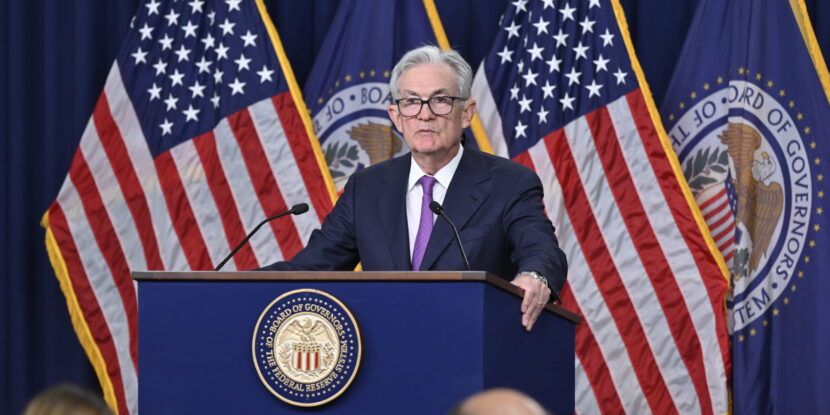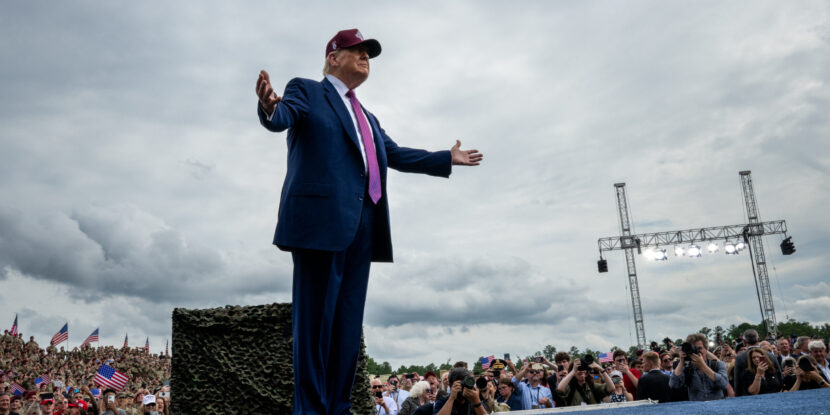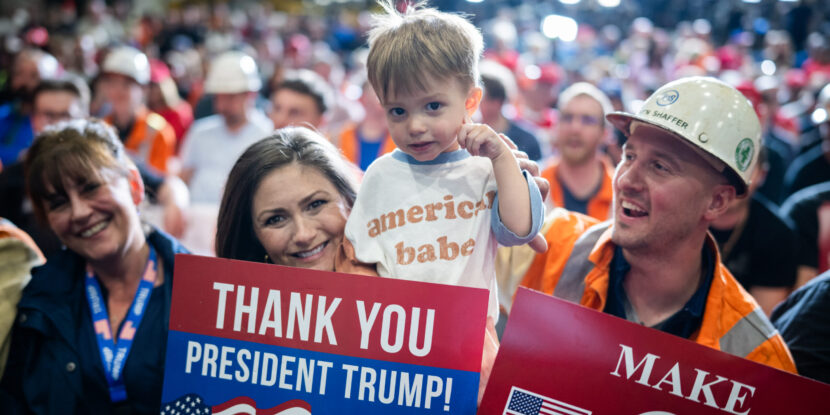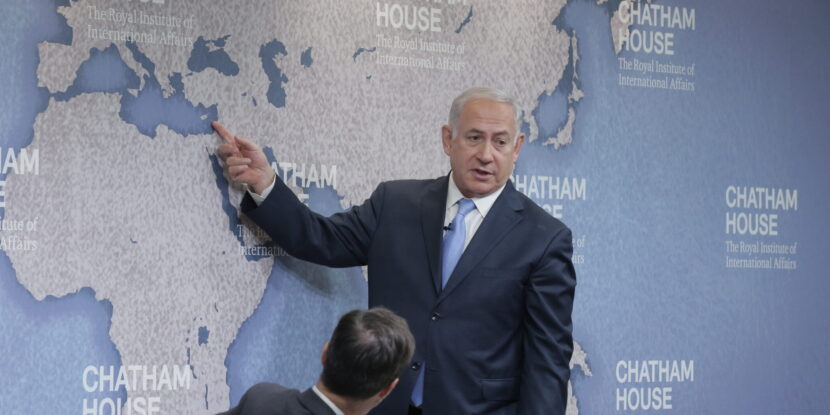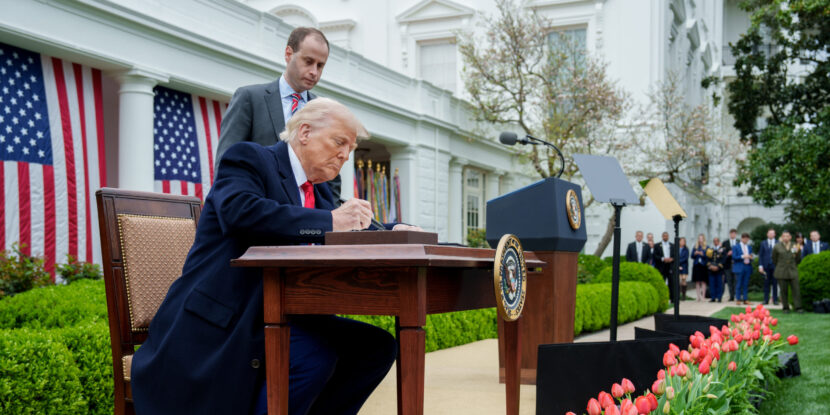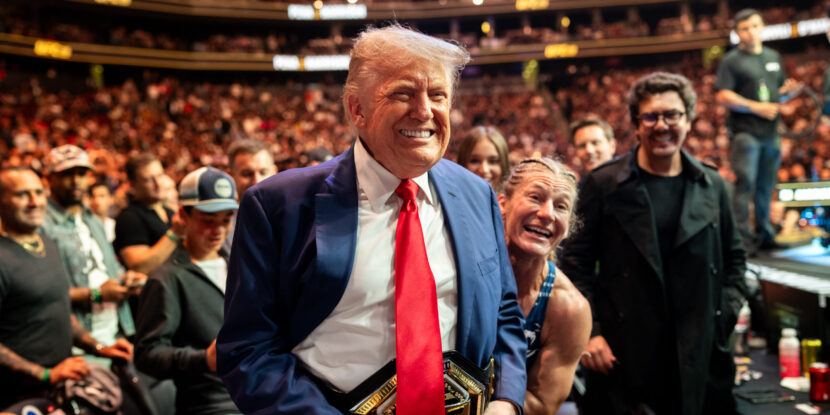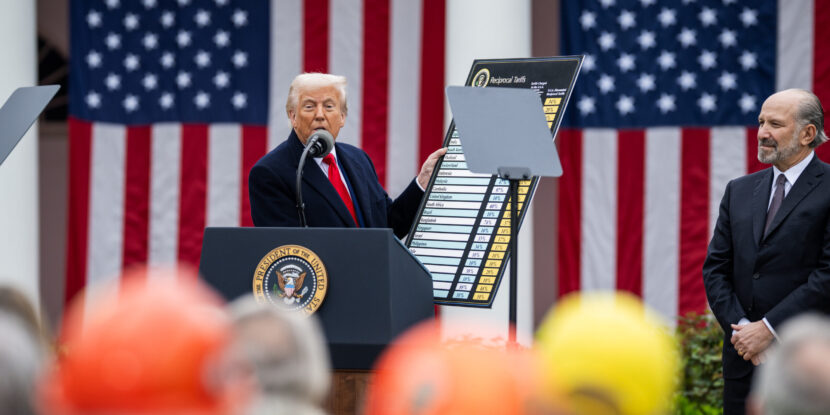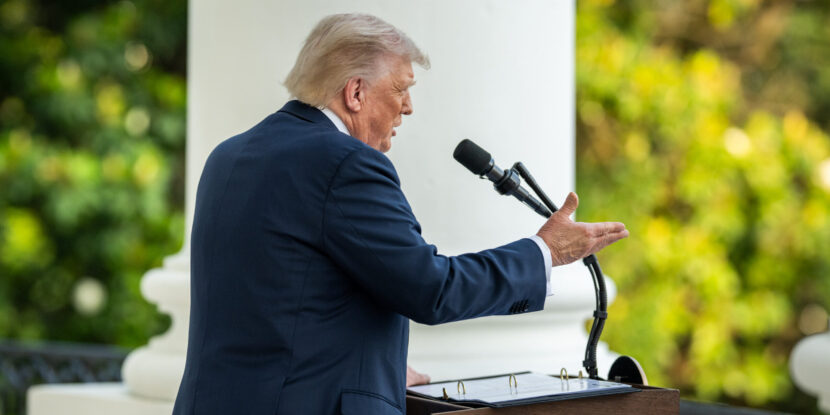❓WHAT HAPPENED: President Donald J. Trump slammed the Federal Reserve and its chairman, Jerome Powell, for their inaction on reducing interest rates ahead of the central bank’s June Federal Open Market Committee meeting on Wednesday.
👤WHO WAS INVOLVED: President Trump, Fed Chairman Powell, the Federal Reserve, and the Federal Open Market Committee.
📍WHEN & WHERE: Trump’s remarks were made on Wednesday, June 18, on the White House lawn.
💬KEY QUOTE: “I think he hates me… He should, he should. I call him every name in the book, trying to get him to do something,” President Trump responded when asked whether he expected Powell to reduce interest rates. The America First leader added: “He’s just a stupid person.”
🎯IMPACT: President Trump has been unyielding in his push for the central bank to cut interest rates, as other central banks are doing. However, in his Wednesday remarks, the America First leader appeared to back away from the possibility of replacing Powell as Federal Reserve chairman outright.
President Donald J. Trump hammered Federal Reserve Chairman Jerome Powell on Wednesday while fielding questions on the White House lawn, repeating his “Too Late” nickname for the central bank chief. While over the past several months, President Trump has overtly pushed Powell and the Federal Reserve to reduce interest rates, the America First leader acknowledged that Powell was unlikely to do so at the conclusion of today’s Federal Open Market Committee (FOMC) meeting.
“[W]e have a man that just refuses to lower the Fed rate; just refuses to do it, and he’s not a smart person… I think he hates me, but that’s OK. He should, he should. I call him every name in the book, trying to get him to do something,” President Trump responded when asked whether he expected Powell to reduce interest rates. The America First leader added: “He’s just a stupid person.”
The Federal Reserve chairman has repeatedly claimed the central bank is hesitant to slash borrowing rates out of concern that President Trump’s tariff policies could reignite inflation. However, now several months removed from “Liberation Day” and the imposition of a global tariff, inflation continues to cool, with the current rate just fractions above the Federal Reserve’s two percent inflation target.
Trump stressed this very point, emphasizing that there is scant evidence that his tariffs have caused inflation. In fact, some data has shown the economy experiencing deflationary pressure.
In another twist in the ongoing feud between Trump and Powell, the President appeared to back off the idea of removing the central bank chief before his term expires in May next year. While the White House had indicated that it was preparing to replace Powell this coming Fall, President Trump on Wednesday told reporters that the Fed chairman only has about nine months or so left in his term and that he’d be replaced thereafter. Notably, Powell will continue to serve as a member of the Federal Reserve’s board of governors until 2028.<
The National Pulse reported yesterday that Powell and the Federal Reserve’s FOMC will conclude their June meeting this afternoon, and it is widely believed that the central bank will maintain interest rates at their current range between 4.25 and 4.5 percent.
show lessPresident Trump is not mincing words with Jerome Powell
“I think he hates me, he should I call him every name in the book trying to get him to do something. I call him ‘too late,’ come on, too late, let’s have dinner.” pic.twitter.com/wOO4MOAwFh
— Media Research Center (@theMRC) June 18, 2025
